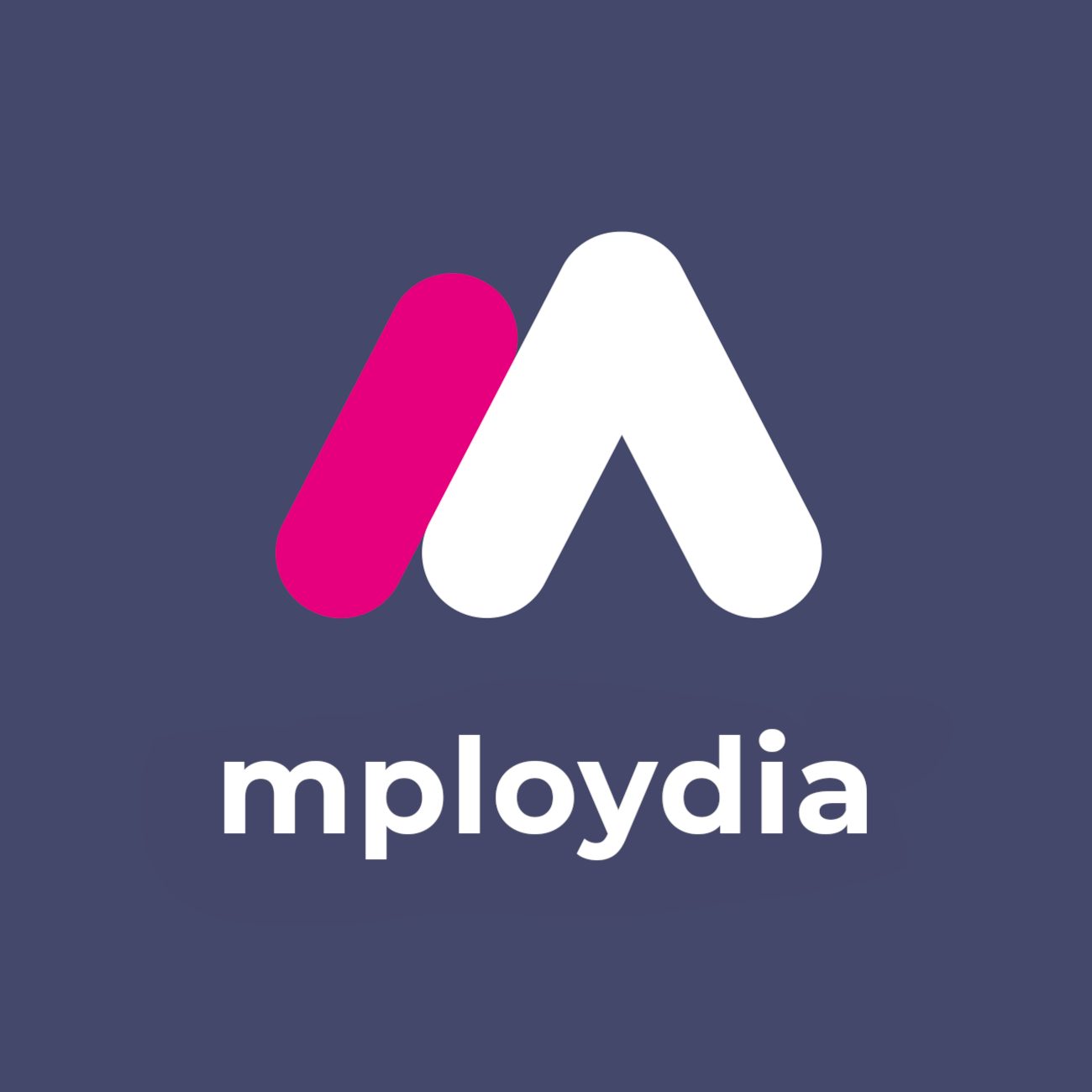
Master LinkedIn Networking for Final-Year Students
In the final year of university, students often face a daunting transition from academia to the professional world. Leveraging LinkedIn effectively can not only ease this transition but also set a solid foundation for future career success. Let's deep dive into strategic networking on LinkedIn to make this process as fruitful as possible.
Why LinkedIn Matters for Students
LinkedIn is more than a digital resume. It's a robust platform that offers ample opportunities for networking, learning, and showcasing your talents. For final-year students, it serves as an invaluable resource to bridge the gap between their academic achievements and potential employers.
The Professional Networking Giant
LinkedIn is the world's largest professional network, boasting over 700 million users. Its vast reach allows students to not only find job opportunities but also to gain industry insights, join professional groups, and learn from veterans. For students on the brink of launching their careers, leveraging LinkedIn is non-negotiable.
Craft a Compelling Profile
First impressions always count. Your LinkedIn profile is the first step to making a memorable impression. It's crucial to meticulously craft each section of your profile, ensuring it reflects your professional aspirations.
- Strong Headline:
- Use keywords that highlight your expertise and career goals.
- Go beyond just 'Student' - try 'Final-Year Business Student Aiming for Consulting' instead.
- Professional Photo:
- Choose a recent, high-quality image where you appear professional yet approachable.
- Standout Summary:
- Write a concise, clear summary that outlines your value proposition.
- Tailor your summary to resonate with potential employers, highlighting relevant experience and skills.
- Detailed Experience Section:
- List internships, part-time jobs, and volunteer work relevant to your career path.
- Focus on quantifiable achievements and responsibilities.
- Skills and Endorsements:
- Select relevant skills and seek endorsements from peers, mentors, and past colleagues.
Connect Strategically
Building a robust network requires thoughtful strategy. Rather than sending connection requests to anyone and everyone, identify key individuals who can provide insight and guidance.
Identifying Key Connections
- Industry Professionals: Find individuals in your desired field. Read their content, engage with it, and send personalized connection requests.
- University Alumni: Alumni connections can provide more personal insights, opening doors that may otherwise remain closed.
- Professors and Mentors: Leverage existing relationships to refine your career direction and gain recommendations.
- Recruiters: Connect with recruiters in companies or industries of interest.
Personalising Connection Requests
Avoid generic connection requests. Tailor each message to explain why you wish to connect, referencing shared interests or experiences. This personal touch increases the likelihood of receiving a positive response.
Engaging with Content
Engaging with content is a vital component of LinkedIn networking. It keeps you visible and communicates your enthusiasm for your chosen field.
- Comment Thoughtfully: Add insightful comments to posts, showing your knowledge and interest.
- Share Relevant Content: Sharing articles or posts demonstrates engagement and a proactive approach to learning.
- Create Your Posts: Publish your thoughts on trends, experiences, and lessons learned to showcase your analytical abilities.
Join LinkedIn Groups
Participating in LinkedIn Groups related to your field of interest exposes you to a broader network and industry discussions. It also provides a platform to showcase your expertise and collaborate with like-minded professionals.
Benefits of Group Participation
- Access to exclusive content and events
- Opportunities to directly interact with industry leaders
- Exposure to potential opportunities not listed elsewhere
Request Informational Interviews
Informational interviews are an excellent way to gain insights and develop relationships with experts in your desired industry. Be clear about your intentions, express genuine interest, and prepare thoughtful questions.
Monitor and Adjust Strategy
Networking strategies should be dynamic and adaptable. Routinely monitor the effectiveness of your approach, adjusting as needed to ensure continued progress towards your networking objectives.
Key Performance Indicators
- Connection Growth: Aim for a steady increase in industry-relevant connections.
- Engagement Rate: Track responses to your comments and posts.
- Skill Endorsements: Ensure ongoing skill endorsement accumulation, indicating perceived expertise.
In conclusion, mastering LinkedIn networking as a final-year student is a pivotal step towards your career. By strategically connecting, engaging, and participating in relevant discussions, you can create a powerful professional presence that sets you apart. Take this opportunity to craft an impressive LinkedIn strategy that not only meets but exceeds your career aspirations.
Next Steps
Want to learn more? Check out these articles:
How to Become Work-Ready in 30 Days: An Expert's Guide
How to Become Job Ready After University: Your Essential Guide
How to Get a Job Fast: Proven Strategies for Rapid Employment
Check out our Advanced Employability Course for all the help you need to get your dream job, fast.


